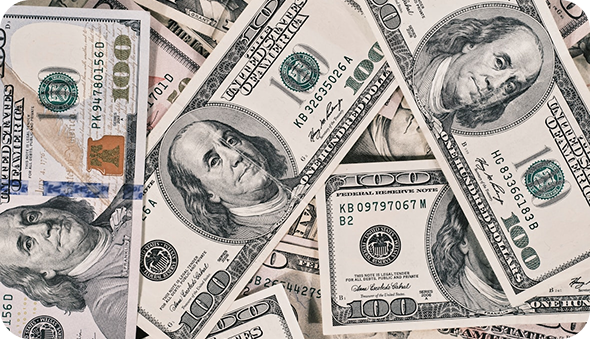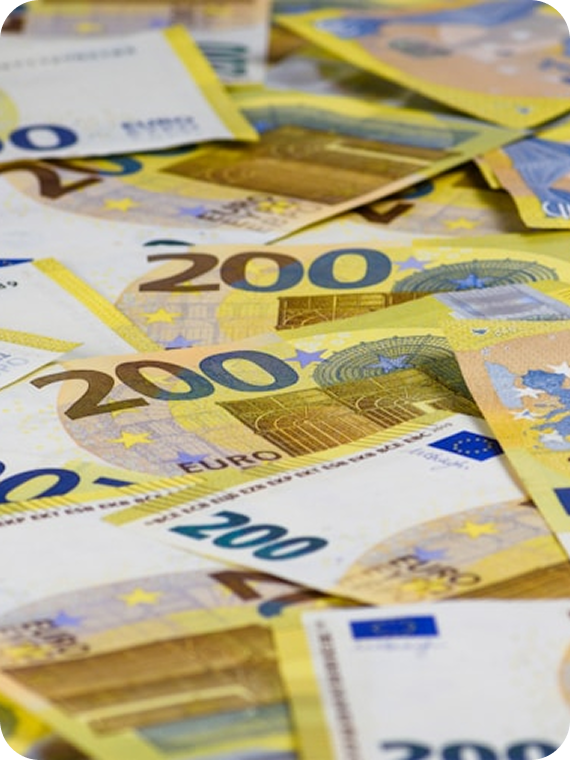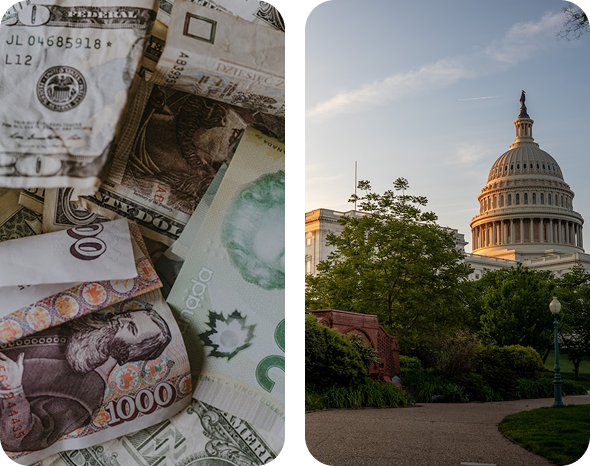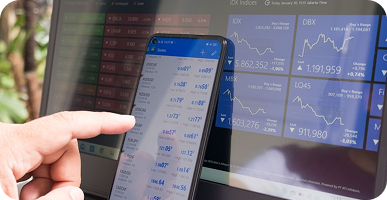How Exchange Rates Work
A Complete Guide

Introduction
Exchange rates define the value of one currency relative to another, influencing international trade, travel, and investment. Understanding exchange rates helps businesses and individuals make informed financial decisions. If you’re new to global finance, check out our beginner’s guide to international trade for more insights.
What Determines Exchange Rates?
Several factors impact exchange rates, including:

Supply and Demand
Increased demand for a currency boosts its value.

Interest Rates & Inflation
Higher interest rates often strengthen a currency.

Political Stability & Economic Performance
Stable economies attract investment, bolstering their currency

Central Bank Policies
Governments influence exchange rates through monetary policy.
Types of Exchange Rate Systems
US Dollar
Chinese Yuan
Hong Kong dollars
Real-World Examples of Exchange Rate Impact
When the USD rises, imports become cheaper for Americans, but US exports grow more expensive.
Following the UK’s departure from the EU, the pound dropped due to uncertainty.


Historical Trends in Currency Fluctuations
The US dollar surged as investors sought stability, while other currencies weakened.
Zimbabwe’s currency collapsed, leading to extreme volatility.
Common Myths About Exchange Rates

Tips for Businesses & Travelers
How to Monitor Exchange Rates?
Keeping track of exchange rates is crucial. You can:




Conclusion
Exchange rates shape global economies, affecting trade, travel, and investments. Staying informed helps individuals and businesses navigate currency fluctuations effectively. If you’re interested in learning more, visit our forecasting exchange rate trends page.



